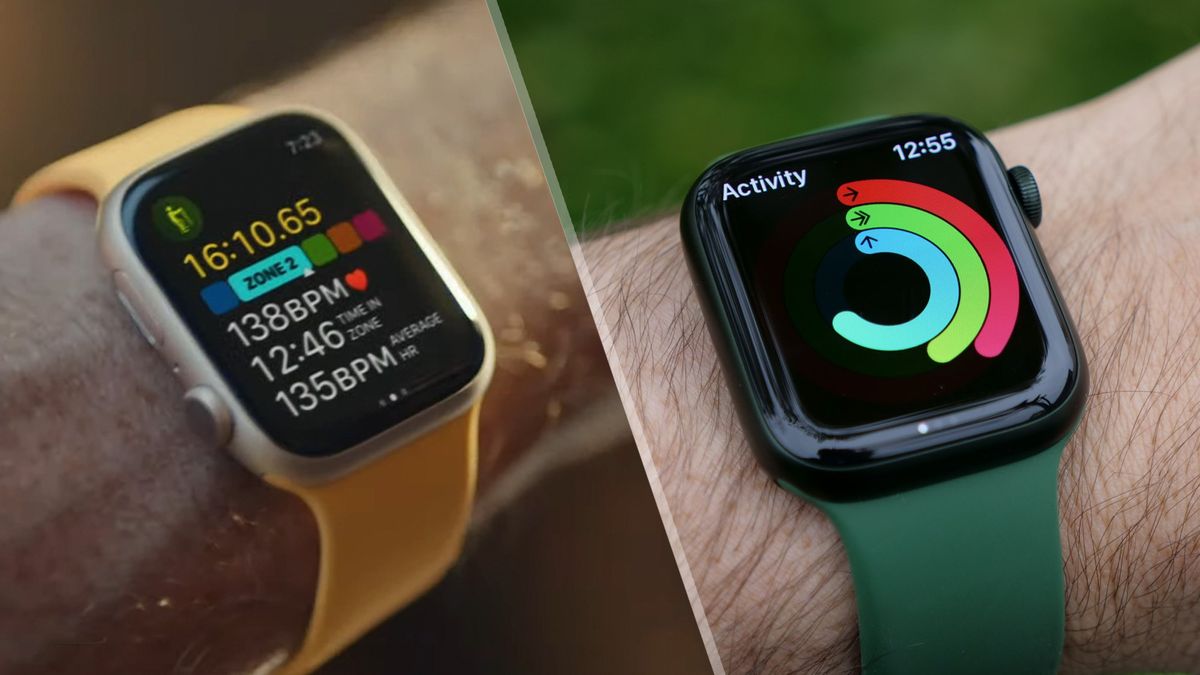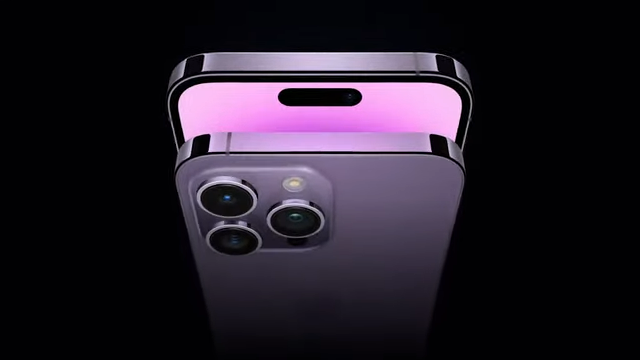The Apple Watch Series 8 vs. Apple Watch Series 7 is going to be a tough call for those considering a new Apple wearable this fall. While the Series 8 introduces a few compelling new features, we expect to see some solid Apple Watch deals making the still excellent Series 7 a compelling alternative.
With the exception of some new color options, the Apple Watch Series 8 looks identical to the Apple Watch Series 7. So looks alone aren’t going to solve this question, we’ll need to take a look under the hood to see if the latest and greatest is worth the upgrade.
Apple Watch Series 7 earned 4.5 stars and an Editor’s Choice award from us, so the Series 8 is going to need to earn this win.
Apple Watch Series 8 vs. Apple Watch Series 7: price and value
The Apple Watch Series 8 starts at $399 for the 41mm GPS-only model. Upgrading to the larger 45mm model takes it to $429, and adding cellular connectivity to either is an extra $100. Those prices are for the aluminum model with one of the standard watch bands; upgrading bands or moving to the stainless steel Apple Watch can take it as high as $1,499.
Unlike the iPhone line, Apple just isn’t offering the Series 7 anymore, so there isn’t a direct discount from Apple for the previous generation watch. However, if we take a look around you’ll find the Series 7 starting as low as $329 and we’ve occasionally seen it dip even further, which may happen again once the Series 8 is available.
As you’ll see in the later sections the advantages of the Series 8 aren’t going to be crucial to everyone, so while at the same price I would recommend the Series 8, if you can find the Series 7 for at least a $50 discount it is the better value for most buyers.
Winner: Apple Watch Series 7
Apple Watch Series 8 vs. Apple Watch Series 7: design
The rumored major redesign of the Apple Watch once again failed to materialize. The Apple Watch Series 8 is virtually indistinguishable from the Apple Watch Series 7 other than some new color options. That isn’t a harsh critique, last year’s design update with its slightly larger display and seamless transition from the screen to the edge of the watch still looks fantastic and works well.
This also means that the band mechanism remains the same, so you can still use your old Apple Watch bands and swap them easily.
The Apple Watch Series 8 aluminum case is available in four colors: midnight, silver, starlight, and red; opting for Stainless Steel reduces your options to silver, gold, and graphite. By comparison, the Apple Watch Series 7 aluminum case is available in five colors: midnight, starlight, green, blue, and (Product) Red. The Stainless Steel models drop to four colors: silver, gold, graphite, and space black. So one fewer option for each, but you shouldn’t have trouble finding one you like.
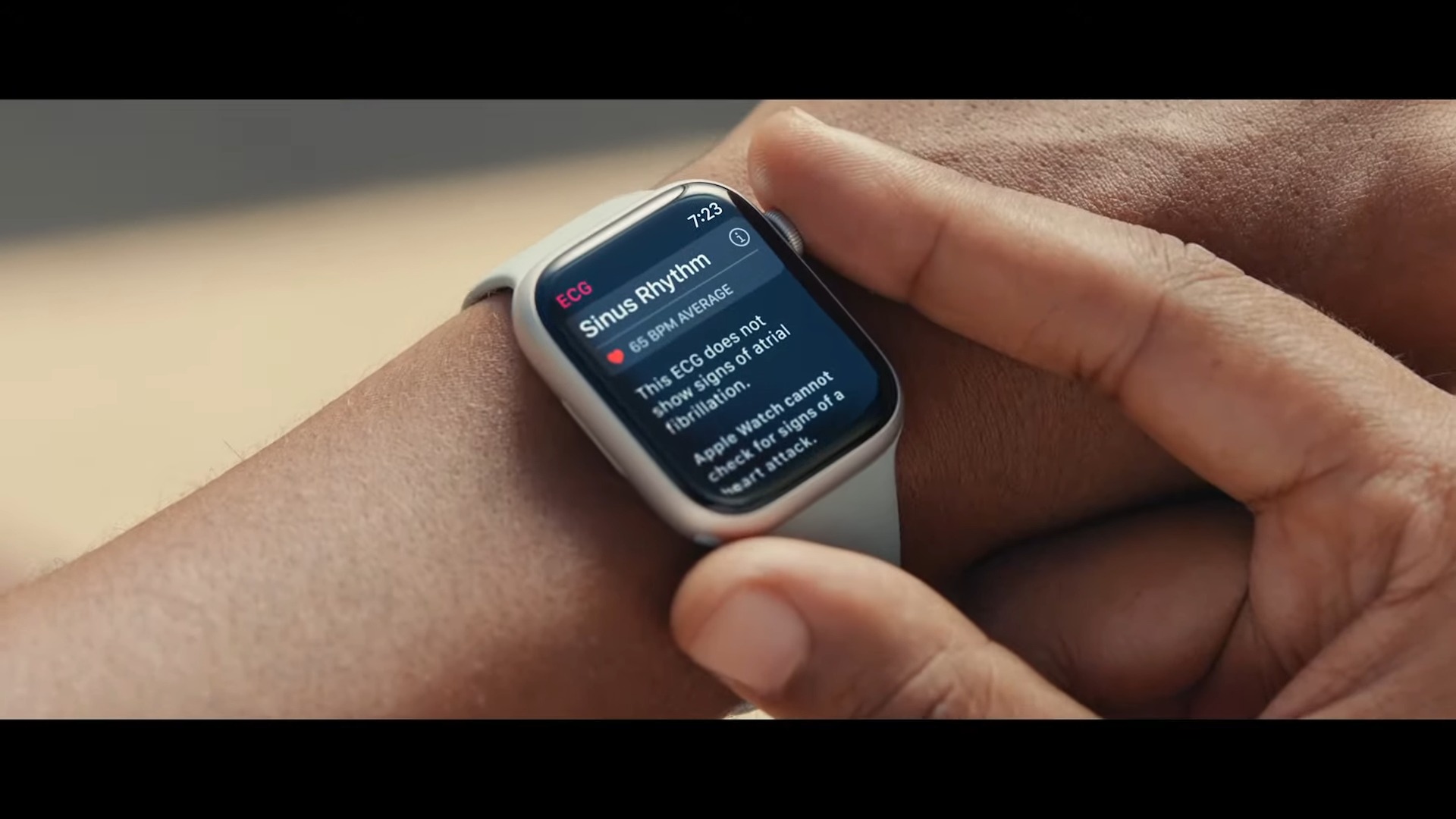
Durability improved for Apple Watch Series 7 and that remains true for Series 8 as well. Both offer a swim-proof rating of up to 50 meters and IP6X dust resistance.
You could maybe quibble about the extra color options, but for all intents and purposes, the design of these smartwatches is identical.
Winner: Draw
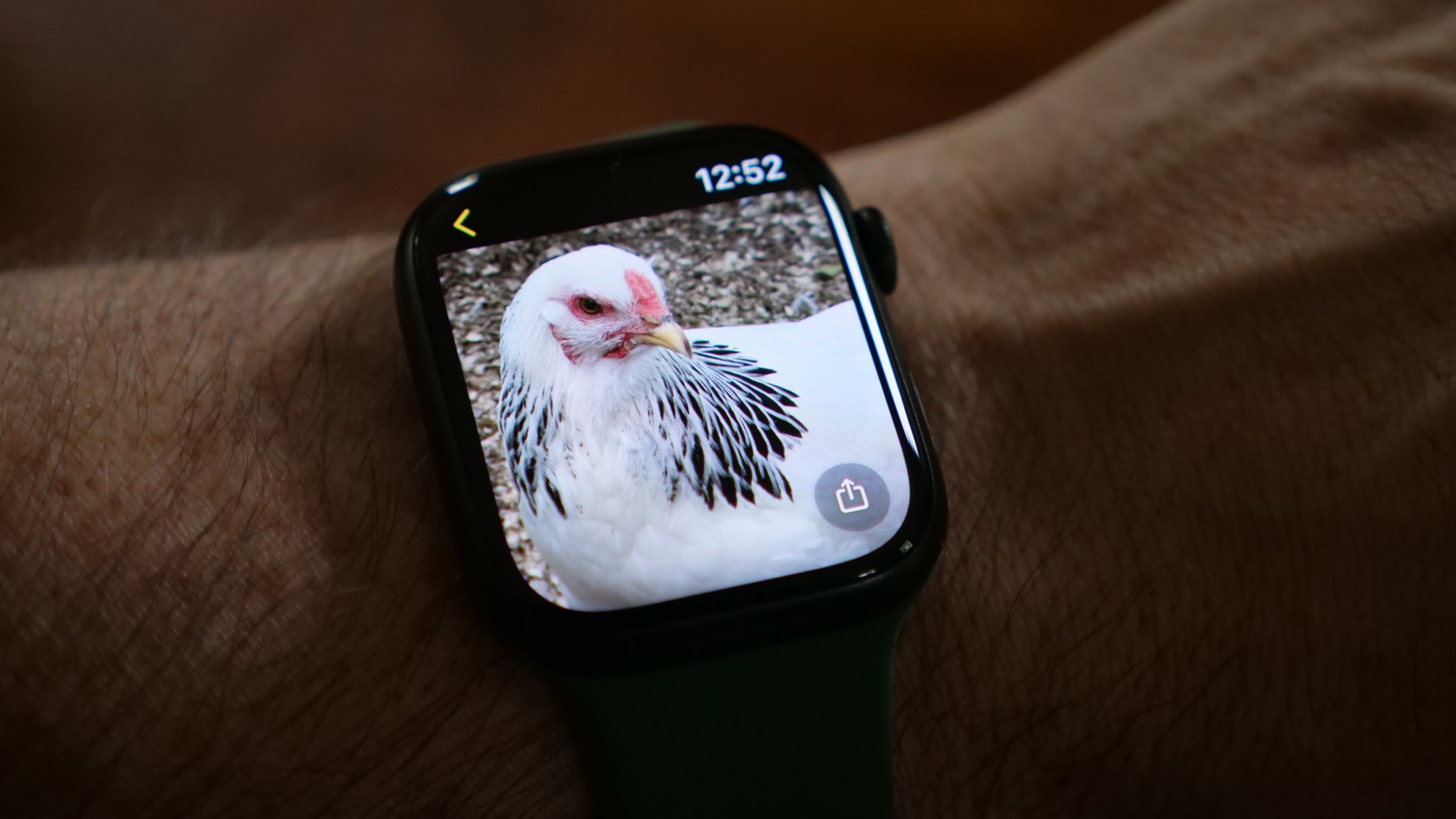
Apple Watch Series 8 vs. Apple Watch Series 7: display
Again there were no changes made to the display this year after the big update for Apple Watch Series 7. To refresh your memory it got a 40% bezel reduction and a 20% increase in display size over the Apple Watch Series 6 and to me it was a game changer. The 1.9-inch display on the 45mm model in particular delivers a far more user-friendly experience than previous models, making it easier to view glanceable content on the watch and to navigate it.
The quality of the display also got a bump last year and while we never took the watch to our lab to test Apple’s claim of 1,000 nits of brightness, it is certainly easy to read in any lighting conditions.
Winner: Draw
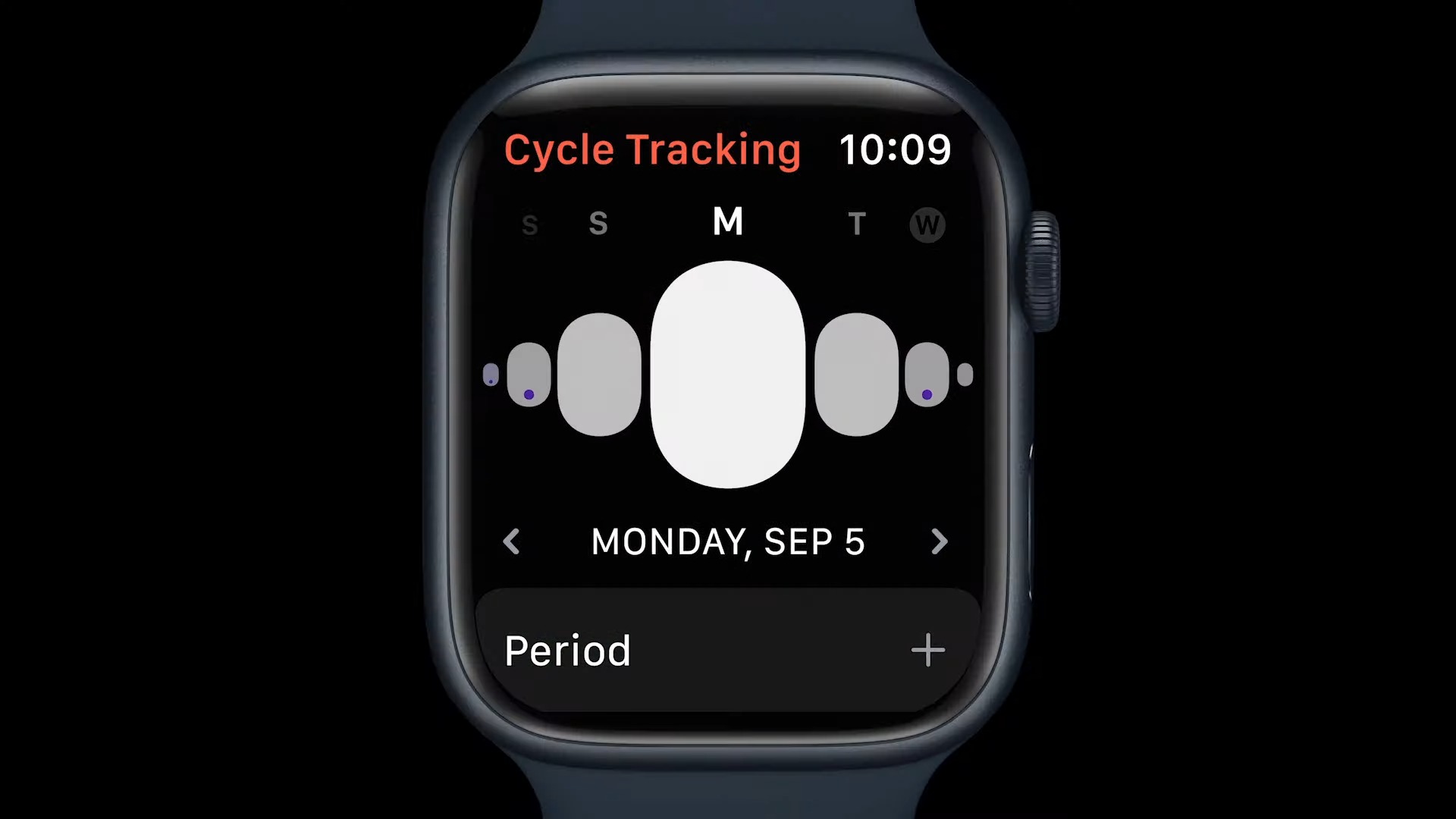
Apple Watch Series 8 vs. Apple Watch Series 7: health tracking
Here we finally have a differentiator, Apple Watch Series 8 introduces a skin temperature sensor for the first time on Apple Watch and an improved gyroscope for crash or fall detection.
Apple’s primary focus on the skin temperature sensor during the announcement was related to women’s health and tracking ovulation, which according to Apple is vastly improved with this temperature data. It certainly can contribute to a complete health picture for anyone, but we’ll need to see how Apple fleshes that feature out over time.
The crash detection was something of a theme for the entire event with the iPhone 14 and iPhone 14 Pro models all adopting it as well.
That is pretty much it though, otherwise the Apple Watch Series 8 and Apple Watch Series 7 feature an identical set of sensors for health tracking.
Both watches feature an ECG sensor that has FDA approval to monitor your heart for signs of atrial fibrillation (AFib), a heart rhythm irregularity that can be a sign of a serious health condition. Both also support basic heart rate tracking, which is helpful for health tracking and fitness tracking if you are looking to stay in a specific heart rate zone.
Another notable sensor for both watches is SpO2 monitoring, which measures your blood oxygen levels. Unlike ECG, this is not FDA approved on either watch as the reflective sensor each uses isn’t as reliable as the transmissive sensors used by medical professionals. This could still be a live-saving sensor if it detects a significant drop in your SpO2 levels accompanied by other symptoms.
The Apple Watch Series 8 has a narrow edge, but that extra skin temperature sensor and sensor won’t be crucial to everyone, so your mileage may vary.
Winner: Apple Watch Series 8
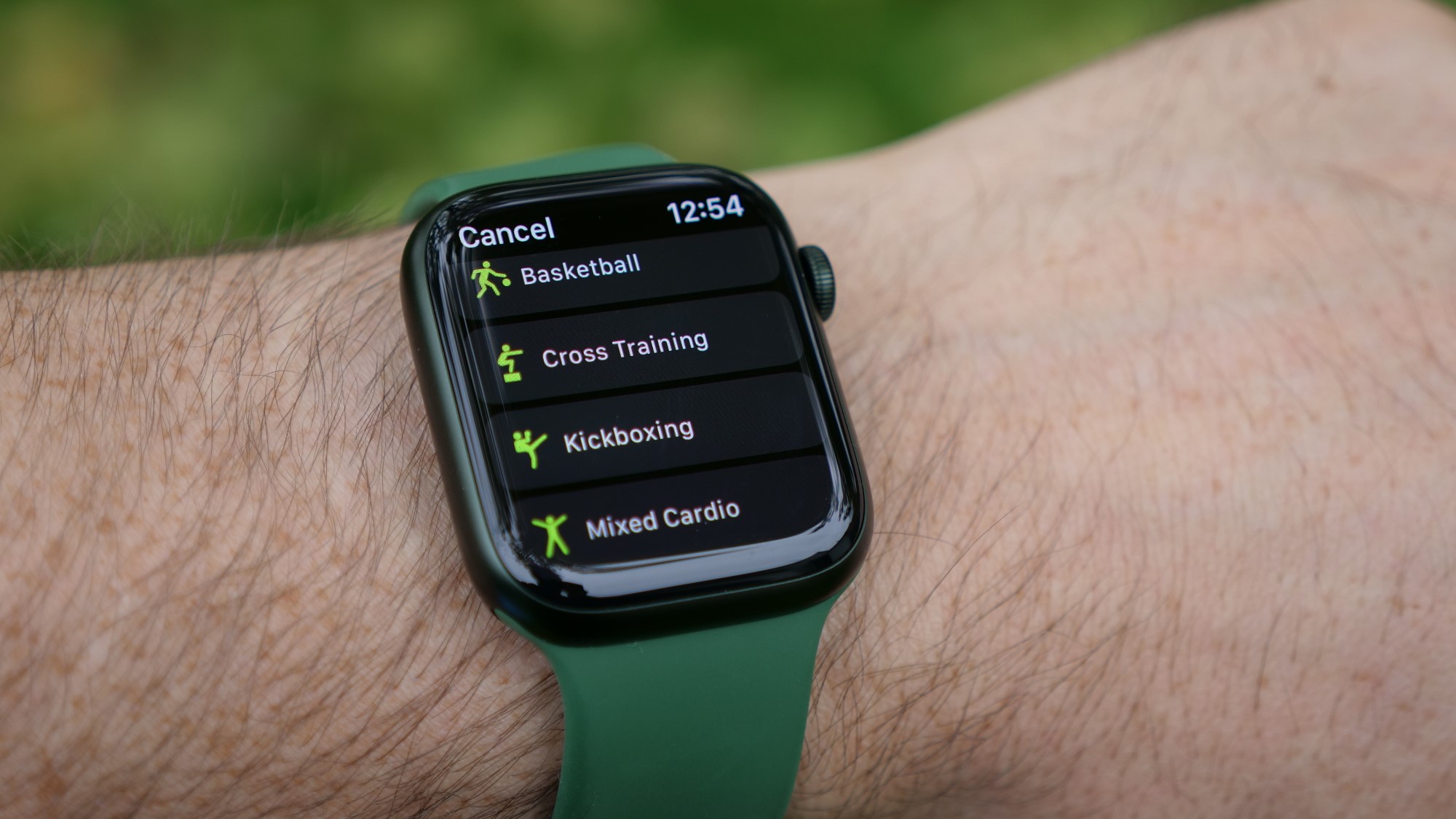
Apple Watch Series 8 vs. Apple Watch Series 7: fitness tracking
Once again, there’s nothing new here from a hardware perspective.
The Apple Watch Series 8 and 7 support up to 17 distinct workout categories to deliver data more accurately tailored to your specific activity, while the Fitbit Sense boasts a total of 20 workout categories. These allow the watches to more accurately measure calorie burn along with activity-specific metrics like pace, distance, or laps.
Both Apple Watch Series 8 and 7 rely on built-in GPS along with accelerometers and gyroscopes to detect what you are doing and how far and fast you are traveling. Each one can automatically detect if you are working out and begin recording it, but you get the best result if you trigger the workout recording yourself.
Apple Watch Series 8 may be able to glean some extra data from that improved gyroscope, but until we’ve tested that out I’m not going to award extra points for it here.
Winner: Draw
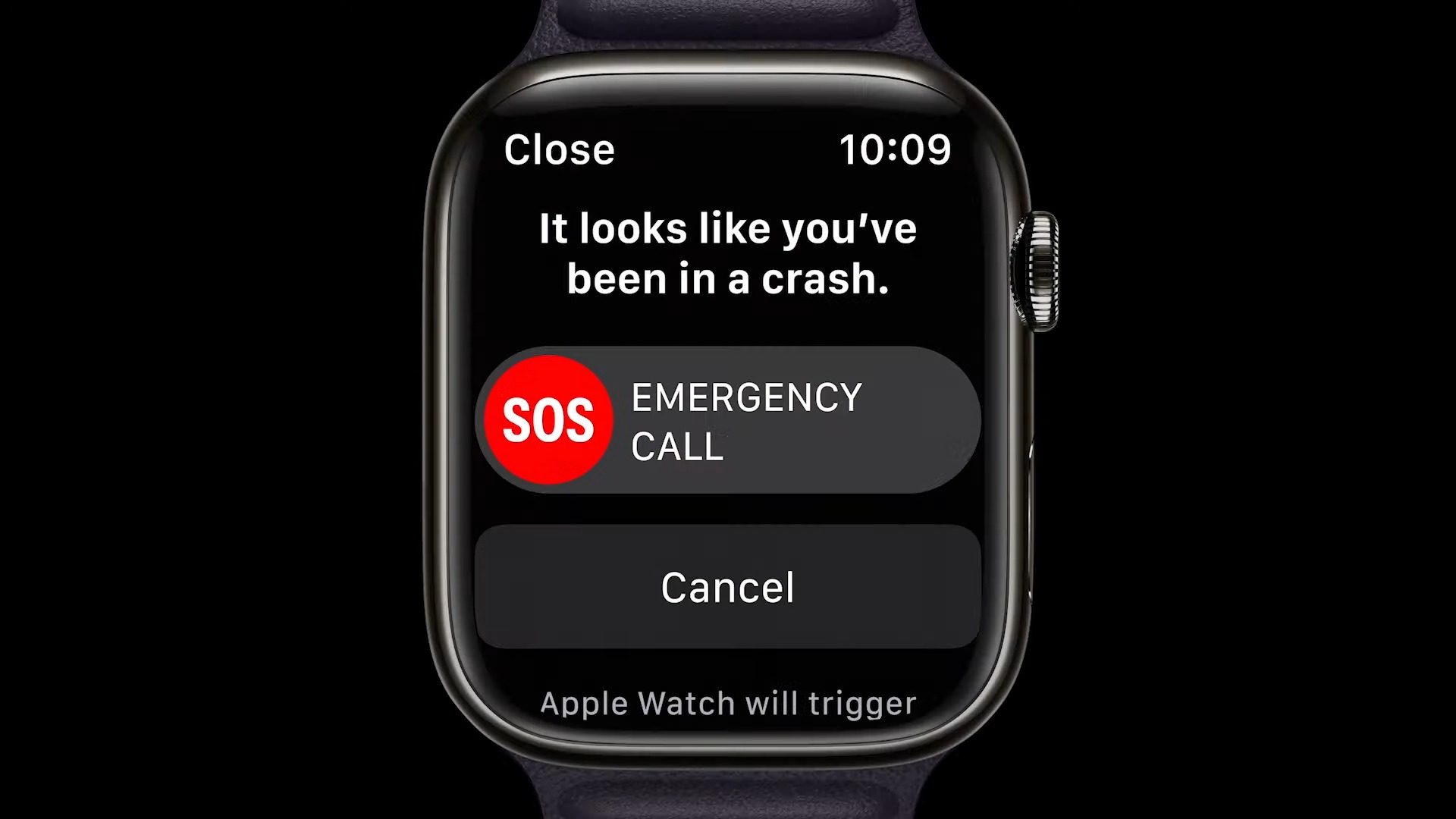
Apple Watch Series 8 vs. Apple Watch Series 7: battery life and charging
Apple Watch is nothing if not consistent when it comes to battery life and the Apple Watch Series 8 delivers the same 18 hours of battery life as the Series 7. New in watchOS 9 is a low-power mode that disables automatic workout tracking and the always-on display to push that to 36 hours, but that is coming to all Apple Watches back to the Series 4.
Both watches support magnetic wireless charging, with a full charge requiring about an hour. If you want to use the watch for sleep tracking you will probably need to charge it briefly as you get ready in the morning and as you get ready at night, assuming you aren’t using the low power mode or aren’t very active during the day.
I’d still love to see Apple improve on battery life, but for that, you’ll need to take a look at the Apple Watch Ultra.
Winner: Draw
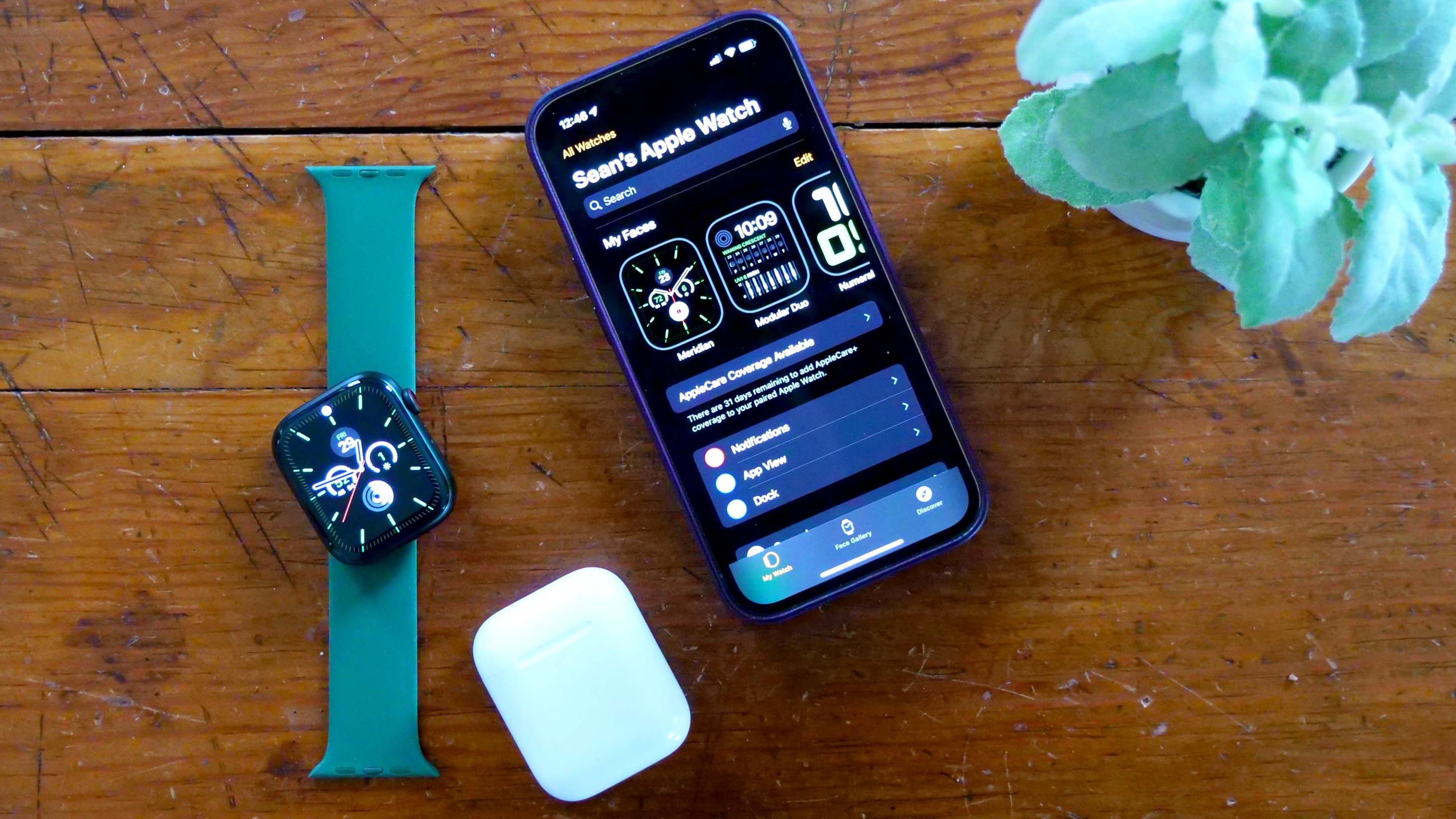
Outlook
A definitive ruling is going to need to wait for our review of the Apple Watch Series 8, but based on everything we’ve seen I feel reasonably confident in saying that most people would be better served by going with the Apple Watch Series 7 (assuming you can find it on sale).
The changes to the Apple Watch Series 8 this year are minimal. While the improved ovulation tracking through the skin temperature sensor is an excellent addition that I have no doubt will mean the world for some people that don’t need to go through the hassle of other ovulation tracking methods, it isn’t a universally applicable improvement. Similarly, the improved gyroscopes and crash detection could no doubt save someone’s life, but not everyone is going to be sold on that feature.
If you are looking for a significantly different Apple Watch in 2022 you’ll need to go with the Apple Watch Ultra, but if you are just looking to upgrade from an Apple Watch Series 3-6 and were holding out to see what the 8 offered, you can probably save smoney and just upgrade to the Series 7.

